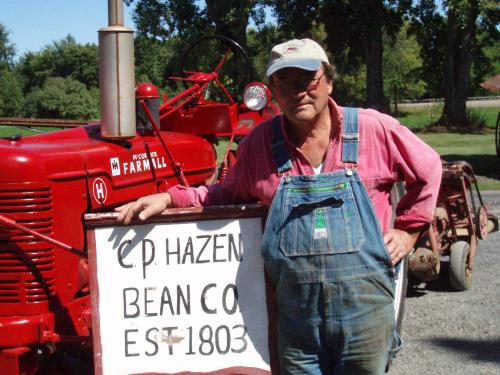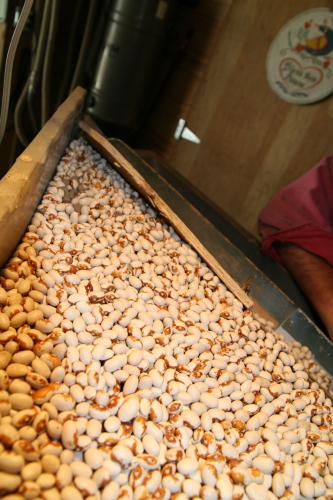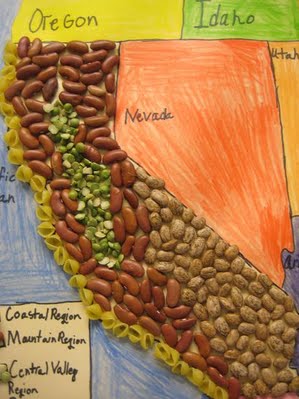The Bean Map of New England
The California Bean Map!
We’re trying something new this year at City Market – and it’s one of those things that makes so much sense it leaves us wondering why we haven’t been doing it for years.
Our produce department spends time each winter holding dozens of meetings with each of the vegetable farmers that supply City Market. It’s a chance to reconnect, talk about how the relationship has been going, and make plans for the next season.
And yet, we’ve never expanded the practice to our other departments, even though local farmers’ products can be found throughout our store.
This winter, for the first time, we’re inviting the grain and bean farmers that supply our bulk department in to do this pre-season check in while also sharing some information with them about the grains and beans we’re still looking for from local farms.
This morning we had Lynn Hazen down from his Island View Farm on North Hero. Lyn’s been growing dry beans for the past 30 years during a time when very few other farms have been growing food-grade beans of any kind. Lynn said his family used to grow beans for the Burpee seed company and he just kind of slipped into the same habit, finding a market with local grocery and country stores rather than seed companies.

He currently grows black beans and yellow eye peas. Lyn says he can’t sell black beans up in Franklin County – no one buys them because no one grew up eating them. Down here in Burlington, the black beans fly off our shelves. Yellow eye beans are what sell up in Franklin – people use them for baked beans – but Lyn says you take yellow eyes over to New York state and no one buys them – over there they make baked beans with pea beans while in Maine they use soldier beans. Lyn goes over to buy all his farming equipment in the Finger Lakes region of New York. He talks about how farmers over there used to grow enormous quantities of kidney beans. Most of the kidney bean farmers are gone now though, and the farmers have switched to the standard animal feed crops of soy and corn.

Vermont's Yellow Eye Beans
This discussion started my mental bean map of the northeast. The yellow eyes in Vermont, wedged between the soldiers to the east and the kidneys to the west, connecting us to the food our families have shared for generations made from the beans that grew easily in their soils. It was good to be reminded of our food heritage and feel like this meeting here in the City Market conference room was continuing one piece of those old traditions.
